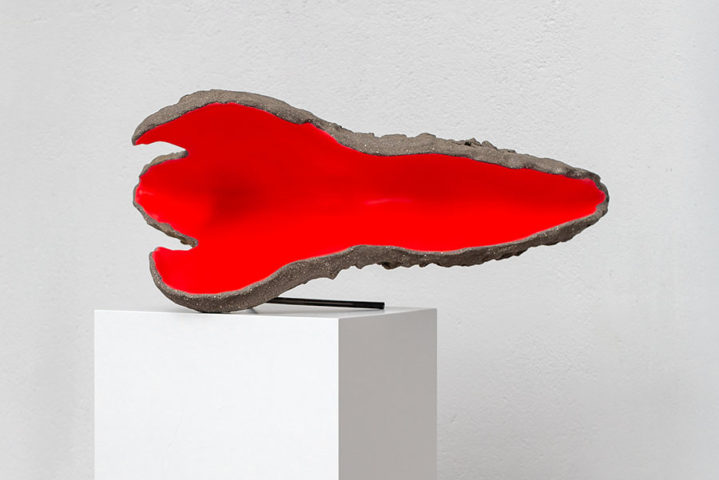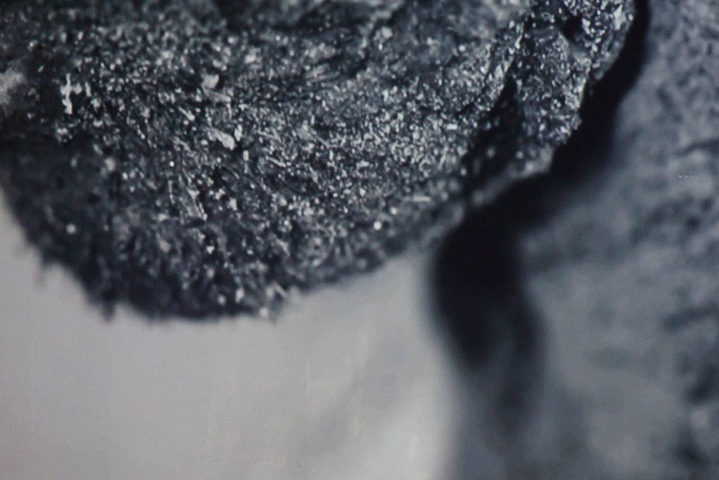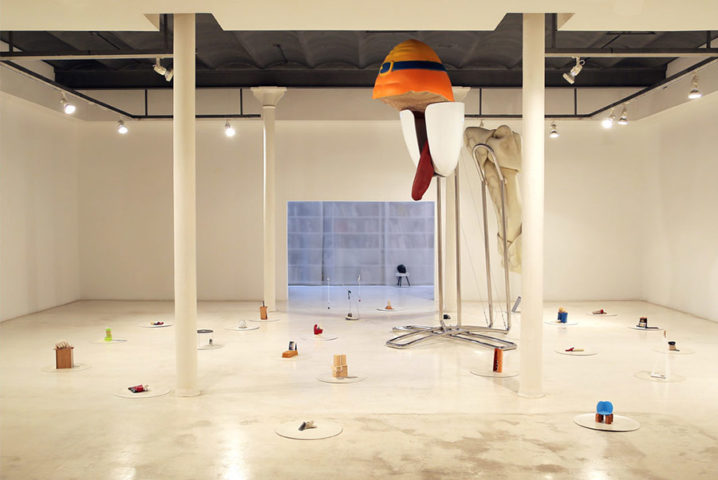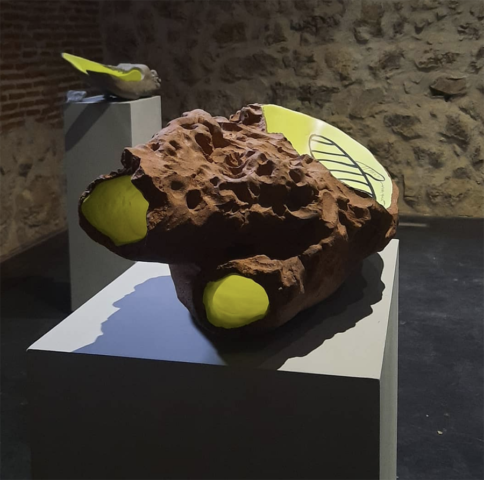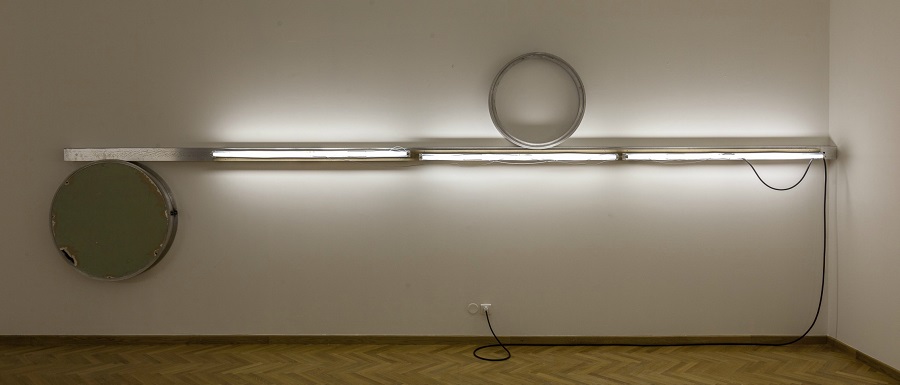Madrid, 1986. Live and works in Barcelona.
Julia Varela is an artist who works on the medium and materiality of images in the age of digital technology. Her research focuses on the states adopted by the irrepressible who resist representation.
The physical form of her work analyses the globalization of industries, technological matter and the concept of visuality. Her work intensifies our physical interaction with devices and their mechanisms, providing an alternative understanding of notions such as context and desire.
Julia has been part of the Critical Images research program in Kungl Konsthögskolan Royal Institute of Art, Stockholm. She holds a bachelor’s degree in Fine Arts and a master’s degree in Art Sculpture from the Royal College of Art London. Her latest exhibitions have taken place at: Centro de Cultura Contemporánea CondeDuque, Madrid; Fundació Suñol, Barcelona; Somerset House, London; Belgrade Cultural Centre BCC, Belgrade; Listost Gallery, Prague; Decad, Berlin; Yamakiwa Gallery, Japan; KIASMA Museum of Contemporary Art, Helsinki; Galleri Mejan, Stockholm; Resartis, Melbourne; La Casa Encendida, Madrid; Kunstverein am Rosa-Luxemburg-Platz, Berlin; CUL DE SAC Gallery, London.
